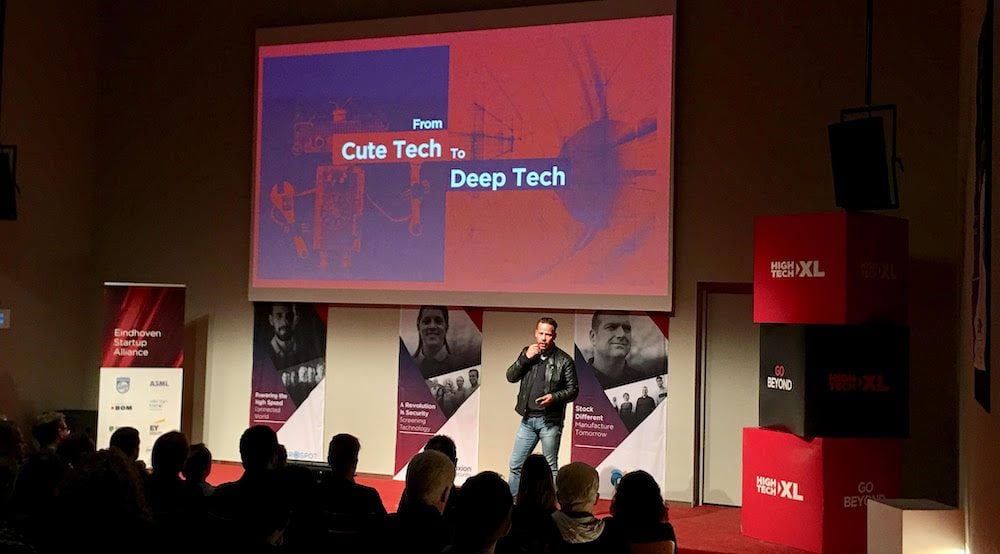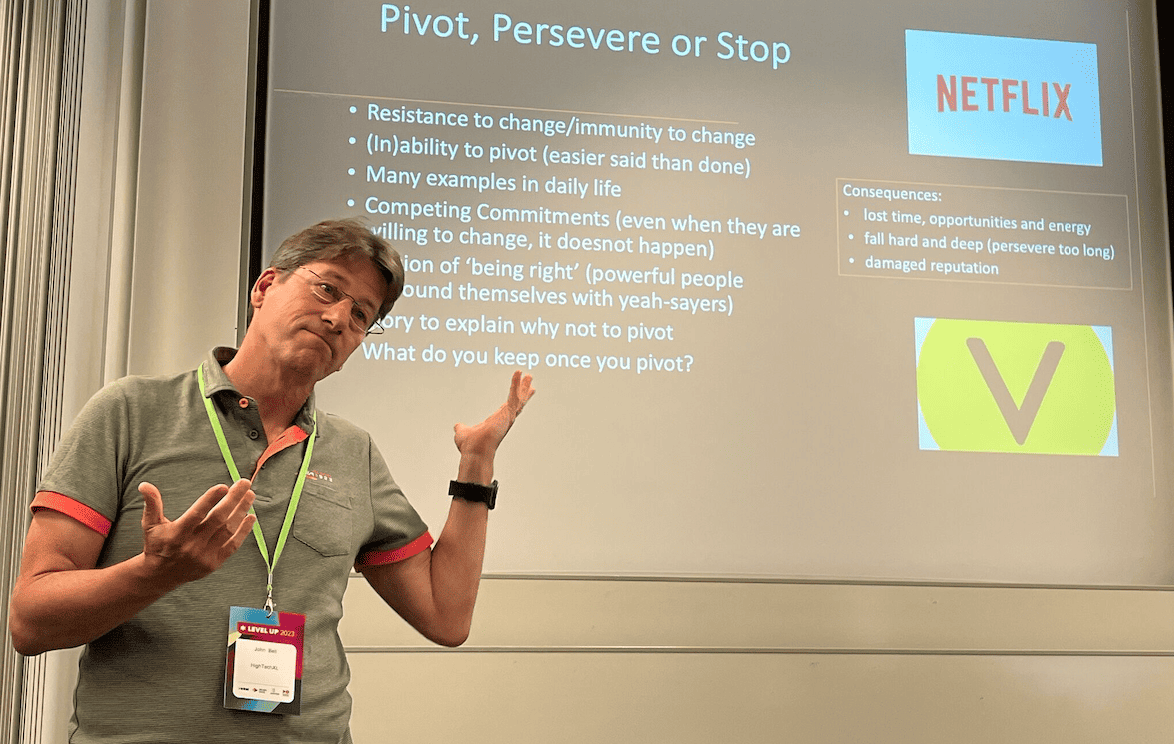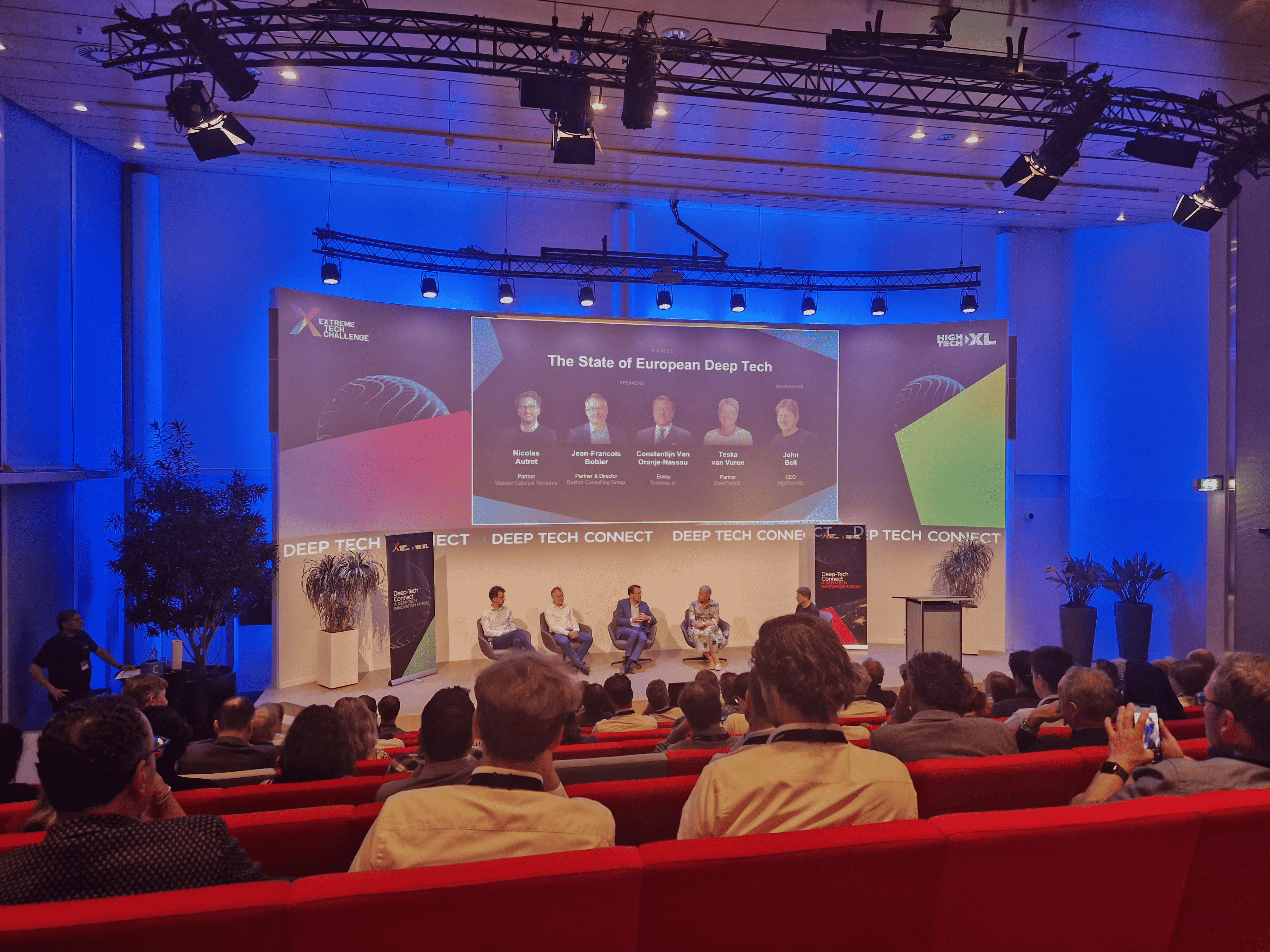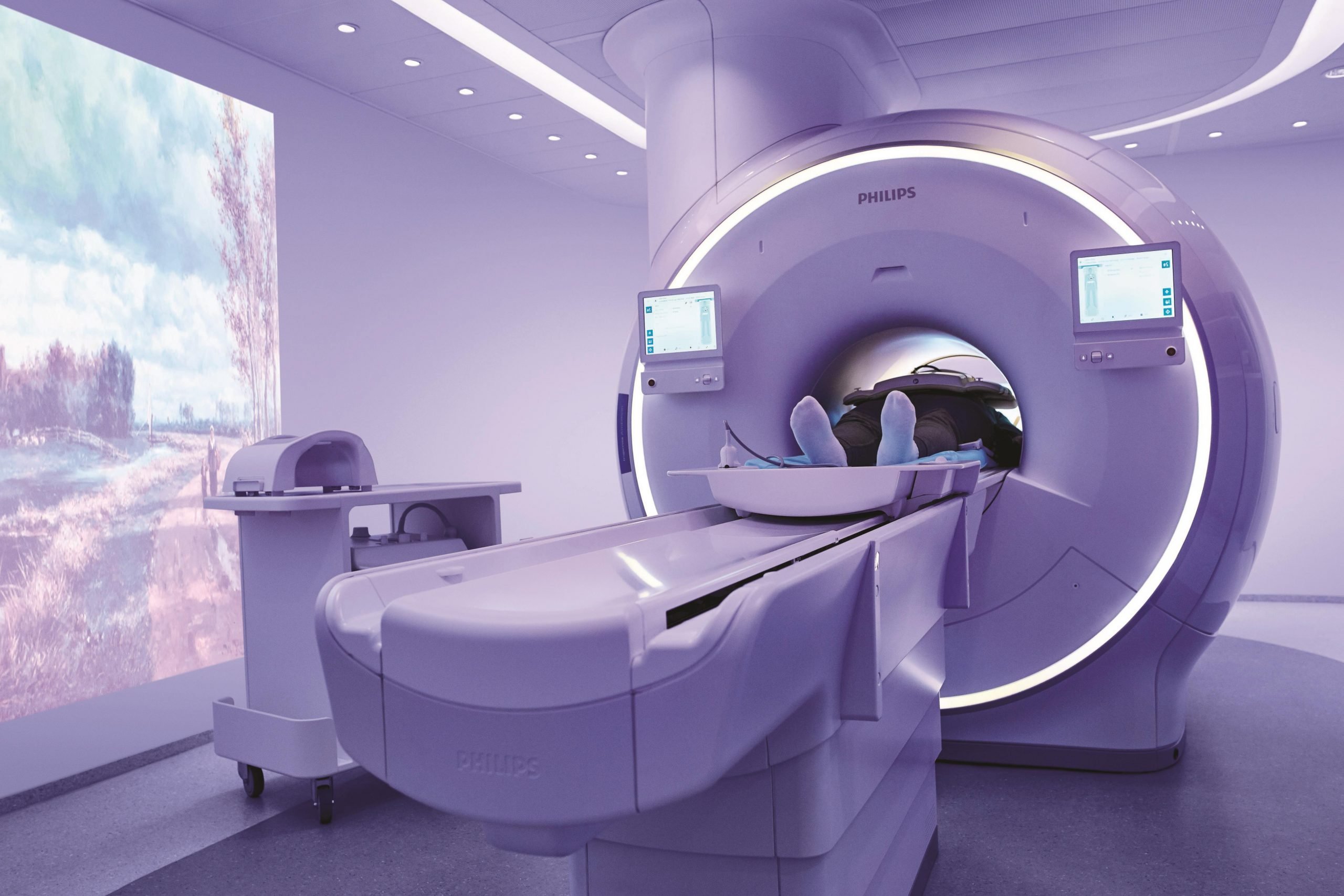
The long-standing issue of Europe’s limited ability to convert technological inventions and advancements into thriving new businesses is well-documented. It’s a critical issue, particularly as these ventures can significantly address climate change, energy production, and poverty. Despite various measures and initiatives, Europe struggles to bridge the ‘valley of death’ – the gap between breakthroughs in technologies like new materials, mechatronics, high-precision engineering, and photonics – and the creation of successful businesses founded on these innovations.

However, research conducted by Dr. Georges L. Romme (TU Eindhoven), John Bell (HighTechXL), and Guus Frericks (DeepTechXL) offers new hope. The team proposes a revolutionary design perspective on building Deep-Tech Ventures (DTVs), focusing on ventures established directly from deep-tech inventions sourced from leading European research institutes. The DTV approach builds upon established entrepreneurship theories and tools and extends the contemporary body of knowledge, providing a robust system for creating and scaling these high-risk, high-impact ventures.
CERN and ESA
The DTV blueprint shows substantial promise, implemented in HighTechXL, a major European venture builder that collaborates with institutions like CERN and the European Space Agency. It leverages Europe’s vast reservoir of deep-tech innovations, moving beyond attempts to mimic the ‘Silicon Valley’ model and capitalizing on Europe’s tradition and excellence in hardware innovations.

A significant departure from existing literature, the DTV model argues that the lead founder or team should not be the primary starting point for venture creation. Instead, it underscores the importance of technology sourcing in venture creation and calls for a co-creation perspective, where the venture team is part of a broader stakeholder network contributing resources and benefits to the entrepreneurial process.
Moreover, the DTV blueprint is distinctive in its focus on ventures created directly from deep-tech inventions sourced from prominent knowledge institutes. While successful startup accelerators and studios, such as Y Combinator, Techstars, and Rocket Internet, largely concentrate on software-driven ventures due to their quicker profit generation, they tend not to source external deep-tech inventions. While their strategy has proved successful in the context of software-driven companies, it does not adequately cater to Europe’s need to build more deep-tech ventures.
Mitigating the inherent risks
A core component of the DTV building approach is its dedication to mitigating the inherent risks of establishing deep-tech ventures. These include technological risk, financial risk, and collaborative risk. For instance, the technological risk associated with the high complexity of deep-tech systems is offset by sourcing advanced technological breakthroughs from leading institutes like CERN. Financial risk is addressed by creating a deep-tech seed-investment fund, and collaborative risk is mitigated by leveraging the expertise within HighTechXL’s ecosystem, which includes several multinational companies.

However, the DTV approach is not without limitations. Its applicability may be constrained to European settings with a deep history in deep-tech, given that North-American investors tend to favor ventures with shorter investment return horizons. Moreover, the blueprint’s effectiveness will require a culture of collaboration and trust among local investors, entrepreneurs, and governmental agents.
Promising results
Despite these constraints, the researchers conclude that the initial results of the DTV approach are promising. While the blueprint has only been implemented and tested within a single DTV builder in the Netherlands, the framework offers the first comprehensive model for creating and scaling up deep-tech ventures that address at least one of the Sustainable Development Goals (SDGs).
As Europe looks to maximize its potential in deep-tech innovation, the DTV blueprint provides an instrumental and forward-looking tool that capitalizes on Europe’s strengths, fosters collaboration, and significantly reduces failure rates. It can become a stepping stone toward enhancing Europe’s innovation capacity and creating a substantial and sustained competitive edge.









